When parents choose a toddler electric toothbrush, they look for features that protect developing mouths. Therefore, many prefer models with soft bristles and a low-speed brushing action. Moreover, brands that plan private lines should ask OEMs for an OEM baby toothbrush design that prioritizes safety, gentle cleaning, and easy parental control.
Toddlers have smaller mouths, emerging primary teeth, and sensitive gums. Consequently, high-speed motors can feel harsh and cause discomfort. In contrast, a low-speed brush reduces vibration intensity and minimizes the chance of over-brushing. Thus, manufacturers must tune motor output specifically for toddler use rather than repurposing adult designs.
First, select motors with low RPM and smooth torque curves. Second, include multiple modes so caregivers can choose the gentlest setting. In practice, firmware should ramp up gently and ramp down smoothly. As a result, toddlers experience less startle and maintain better brushing habits. Finally, battery and power design should support consistent low-speed performance.Company web:http://powsmart.com
Soft, rounded soft bristles reduce abrasion and protect enamel. Meanwhile, a compact brush head fits toddler mouths and reaches back teeth easier. Manufacturers should offer different head sizes for age groups. Furthermore, bristle density and tapering affect cleaning efficacy and comfort. Therefore, test several bristle configurations in real-world trials.
Aside from gentle mechanics, parents expect safety features. For example, anti-swallow collars and secure brush-head locking prevent detachment. Also, low-noise design reduces anxiety during brushing. Moreover, IPX7 or equivalent waterproofing helps with bath-time use. Finally, simple parental controls and automatic shut-off after two minutes enhance safety and habit-building.
When you source an OEM baby toothbrush, demand clear deliverables. Request materials certificates for BPA-free plastics and food-grade silicone. Ask for child-safety test reports, torque and detachment tests, and noise-level data. Also require firmware customization, power profiles for low-speed modes, and reliable PCB design. In addition, confirm minimum order quantities, tooling timelines, and sample protocols.
To drive adoption, combine safety with fun features. For instance, add gentle music timers and soft LED cues to support the two-minute routine. Moreover, use friendly shapes and colorways to reduce resistance. However, never sacrifice safety for aesthetics. Finally, highlight the product’s toddler-focused specs in packaging and B2B sheets to reassure retailers and parents.
Conclusion
Yes, low-speed brushing can be safer for toddlers—provided manufacturers pair it with soft bristles, appropriate head size, and robust safety engineering. Therefore, brands should partner with experienced OEM baby toothbrush suppliers who deliver tested low-speed mechanics, child-safe materials, and practical parental controls. In doing so, you will offer caregivers a product that protects young mouths and builds lifelong brushing habits.
-300x300.jpg)
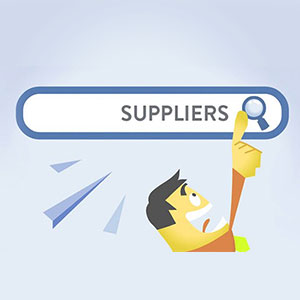
Is a Texas travel toothbrush with a Texas tax-free advantage — worth it?
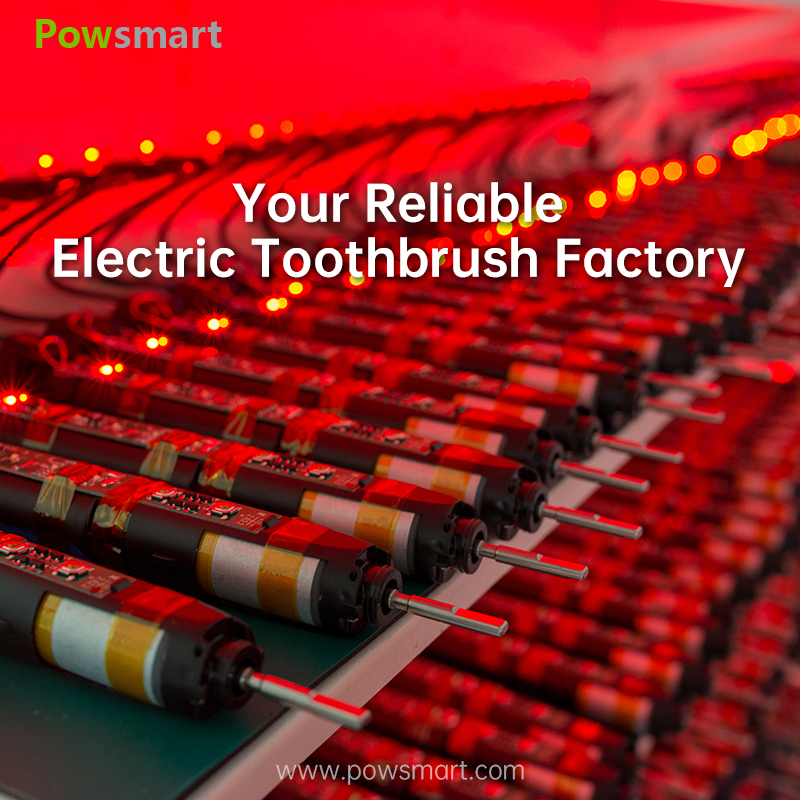
Red, Blue & Purple Light: A Complete OEM Solution for Advanced Oral Care Products

SF toothbrush deals vs. San Francisco sale — which is better?

Brooklyn Fast Local Delivery Electric Toothbrush Wholesale Suppliers
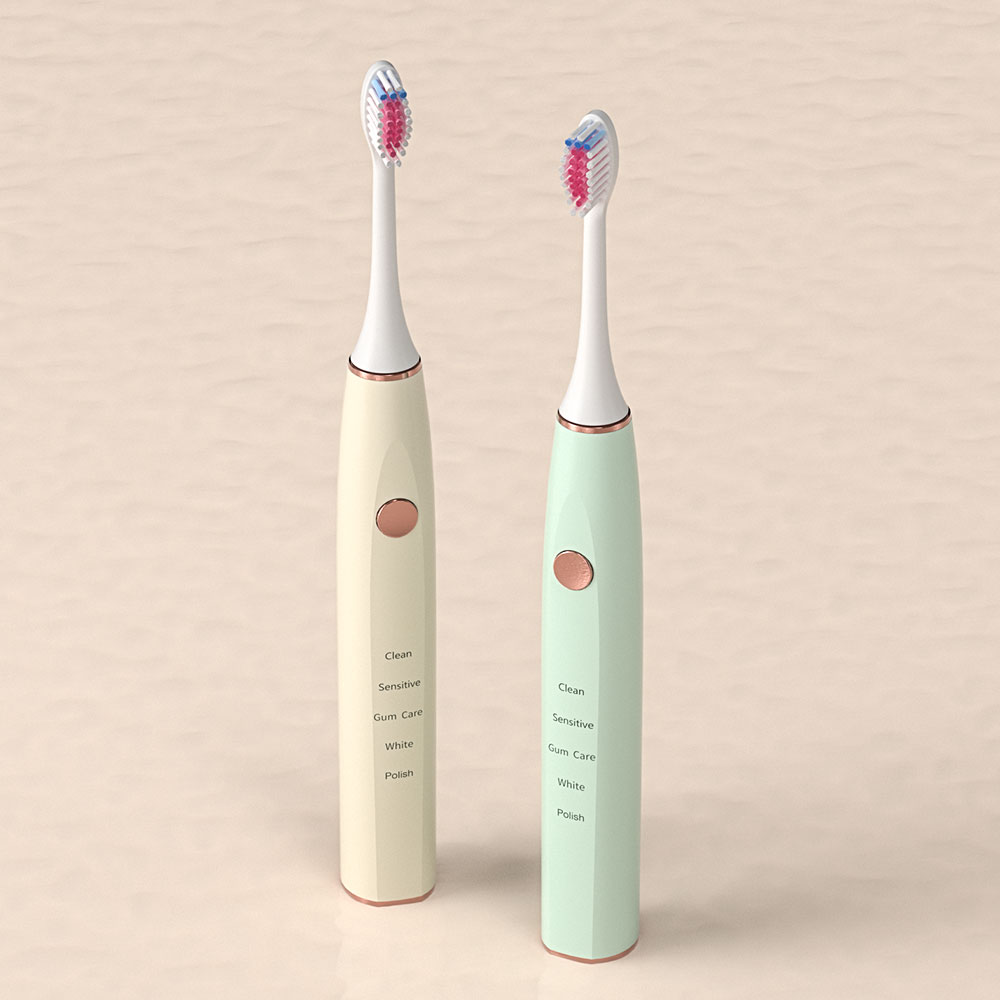
How much does it cost to manufacture a toothbrush?
.webp)
Choosing a Smart Toothbrush Manufacturing Partner?
.jpg)
sonic electric toothbrush Tacoma
Affordable Bulk Electric Toothbrush Supplier – OEM B2B Oral Care Solutions
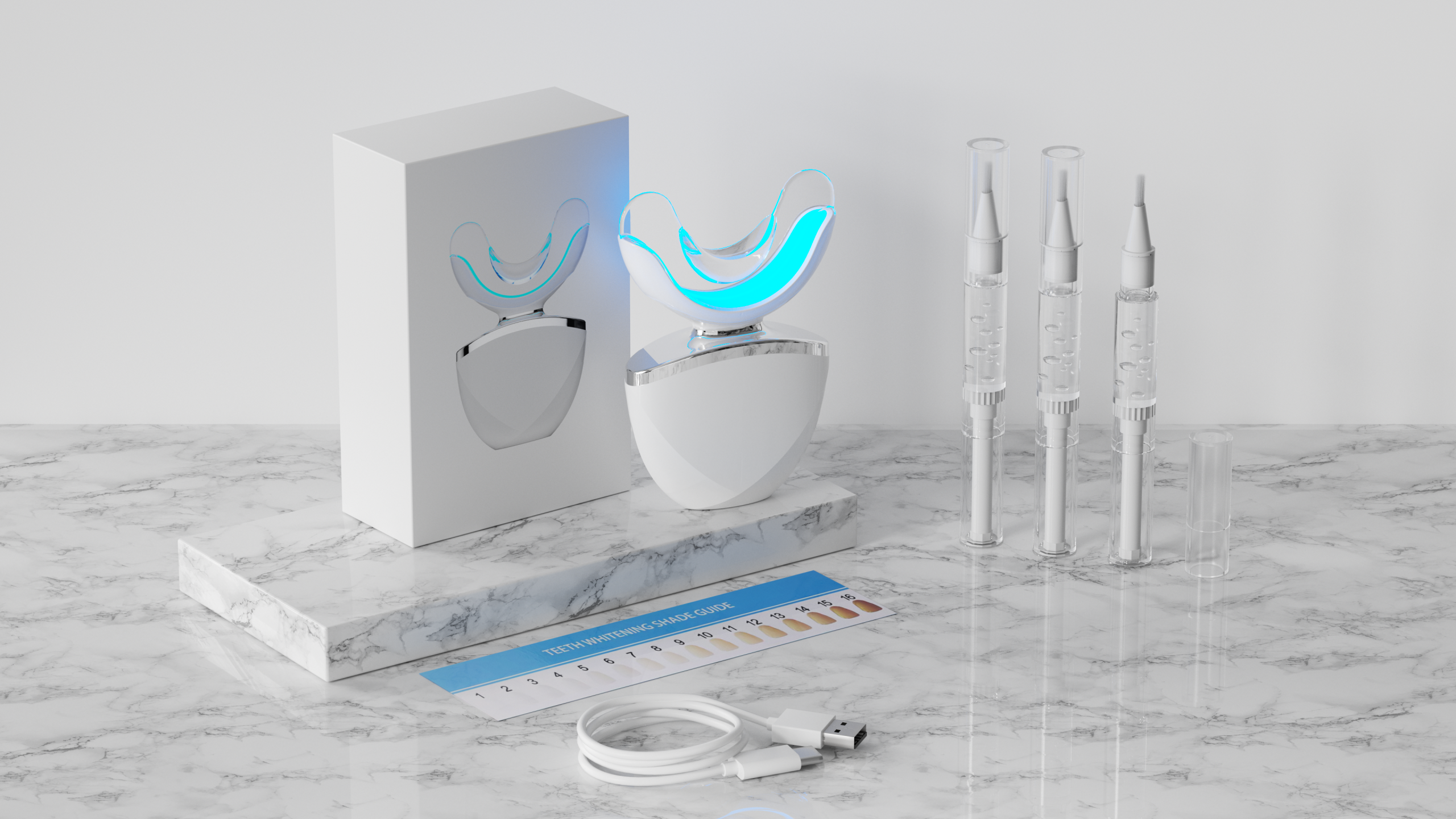
Does Toothbrush Mold Customization Accelerate Your Toothbrush Prototype Development Process?
.jpg)
NYC Dentist Recommended Electric Toothbrush Manufacturers 2025
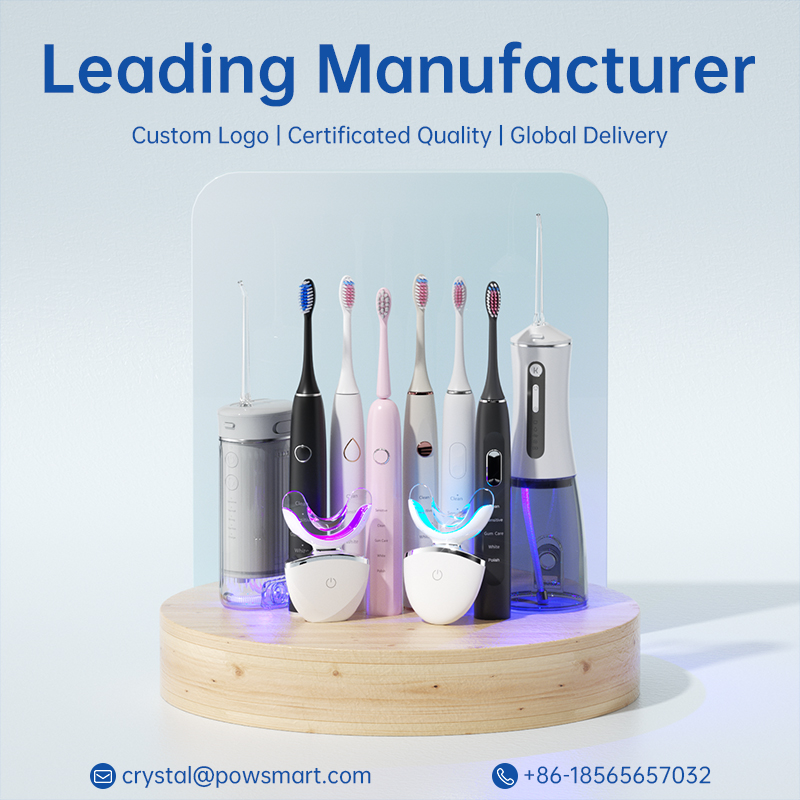
The Hidden Engine for Your Oral Care Brand’s Growth
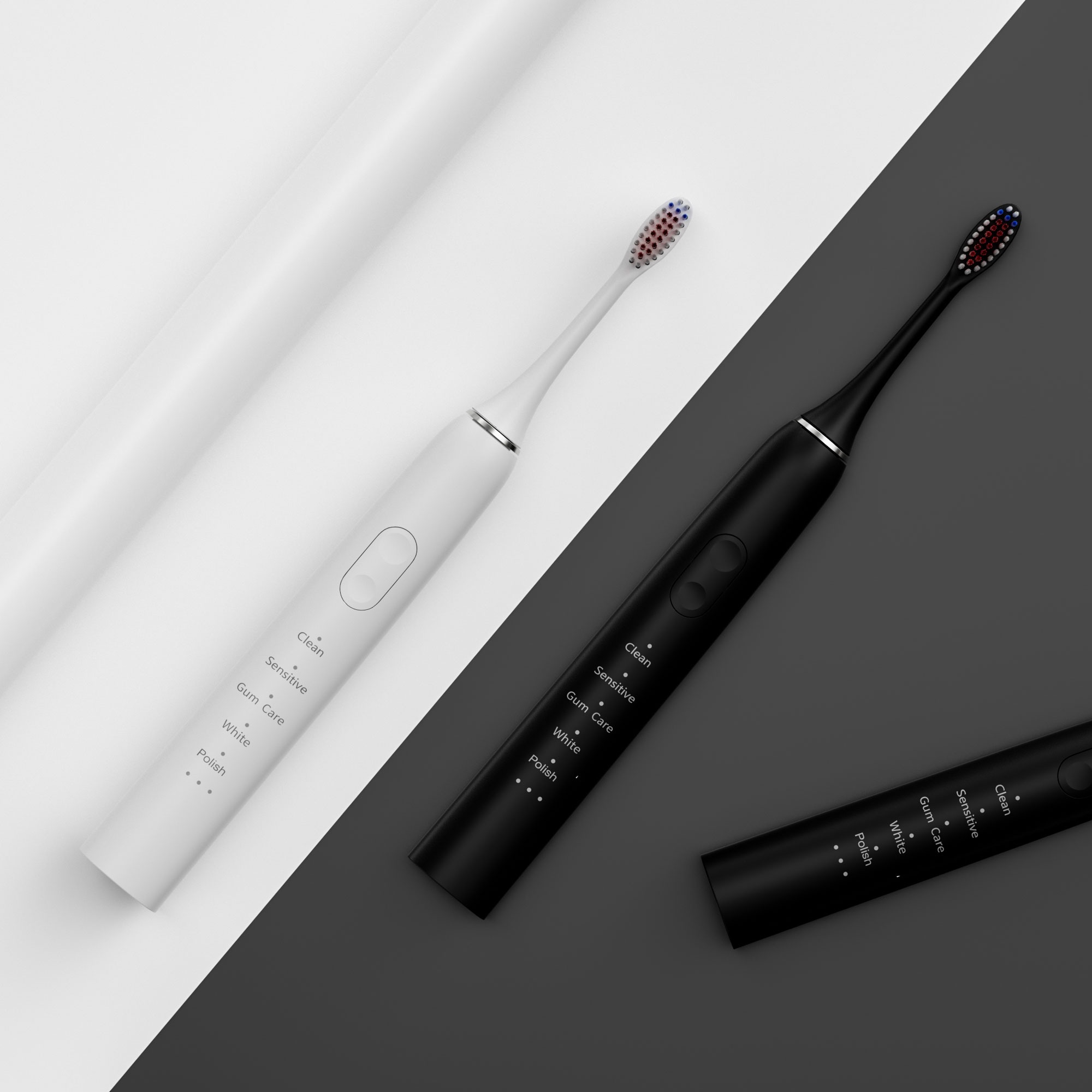
What types of batteries are currently available for electric toothbrushes?
.jpg)
Dallas Electric Toothbrush Private Label Services Including Custom Packaging

Electric Toothbrush Manufacturing Process
Professional-Grade Electric Toothbrush for Clinics – Reliable OEM Equipment for Dental Practices

Cutting-edge tech makes us apart from other electric toothbrush manufacturers

Electric toothbrush heads Charcoal Infused-Diamond

electric toothbrush heads Deep Clean

electric toothbrush heads Charcoal Infuse-Round

electric toothbrush heads Ultra Soft

electric toothbrush heads Regular Clean

Customization Teeth Whitening Gel

Private Label Whitening Gel
.jpg)
Florida Electric Toothbrush – Powsmart PTR-C8
whstapp
whstapp
National Toll-Free Service Hotline
+86 755 86238638